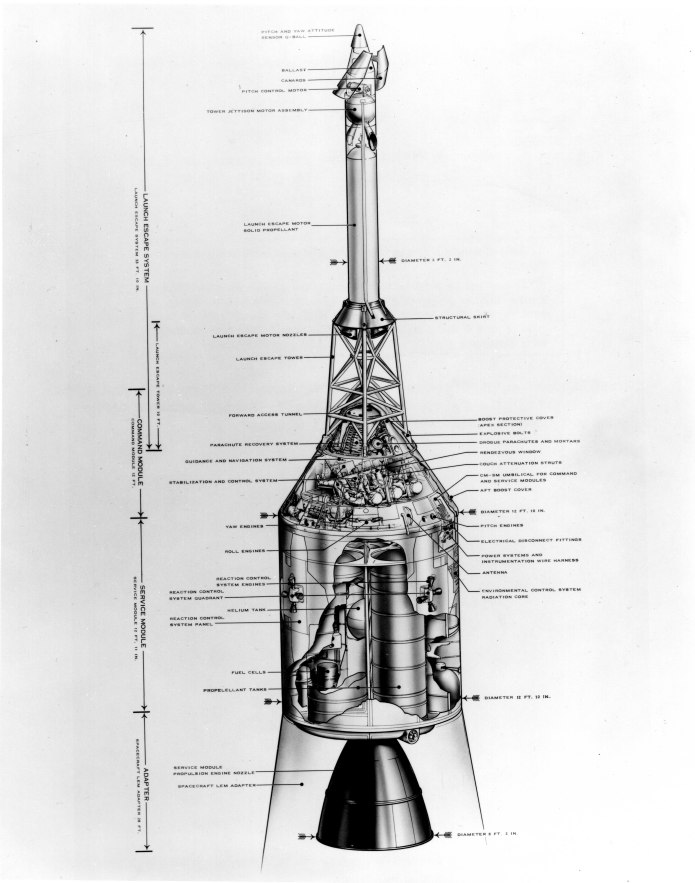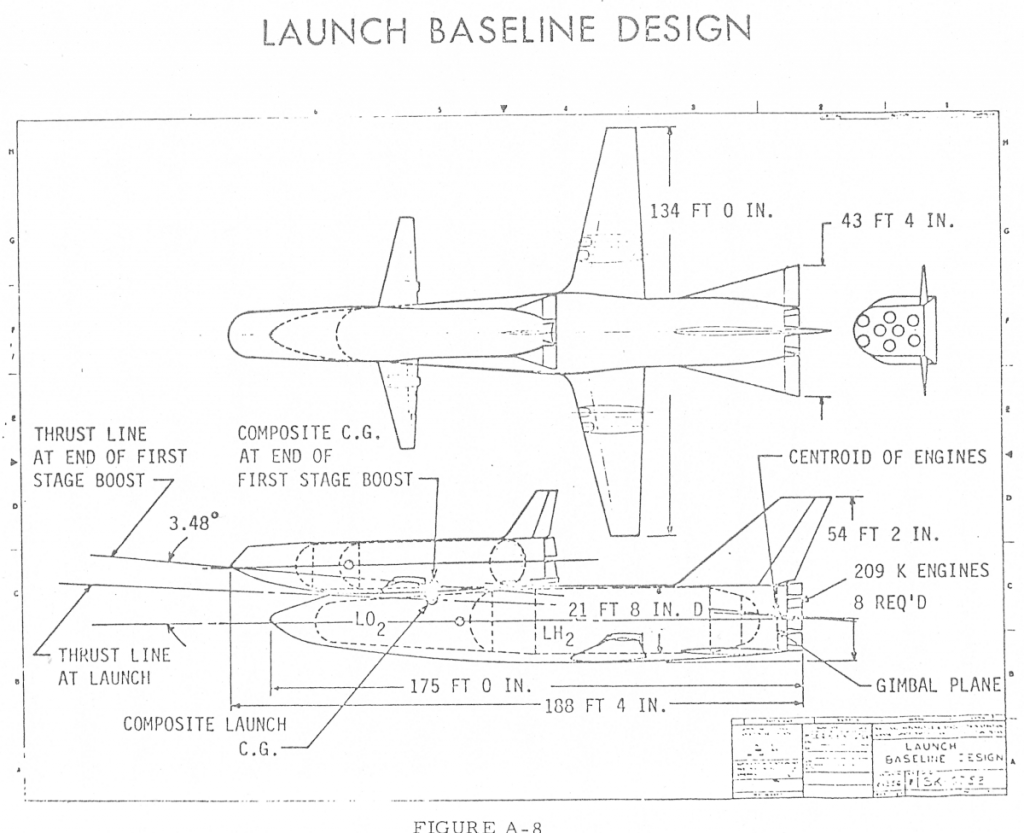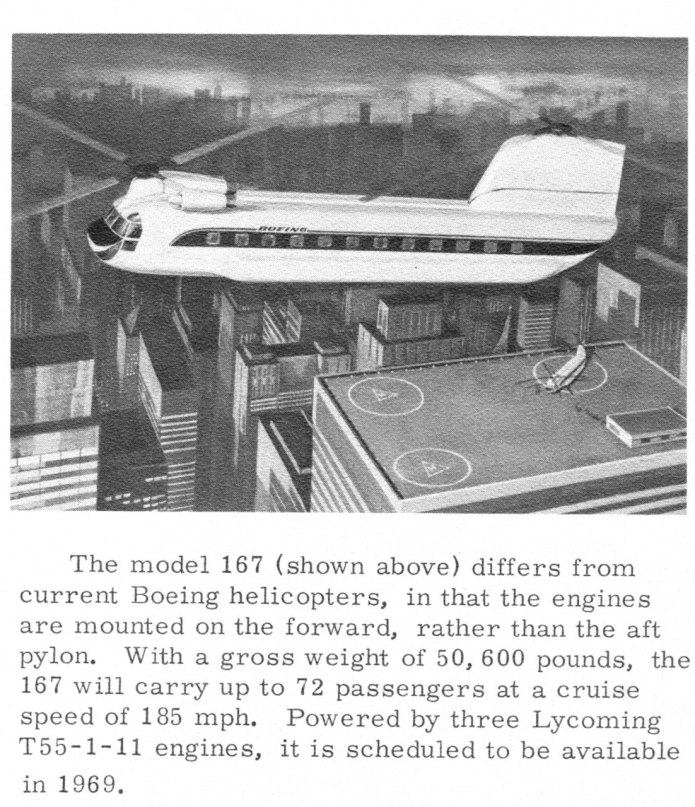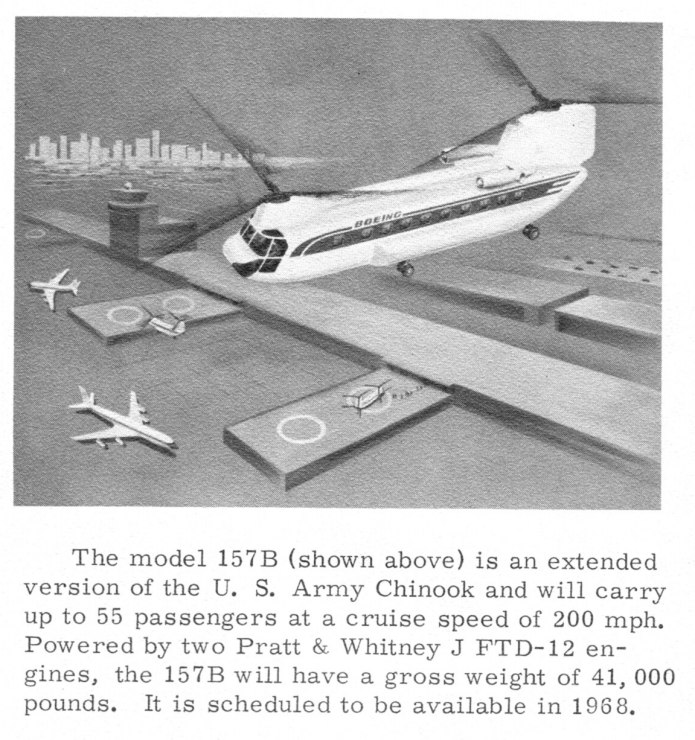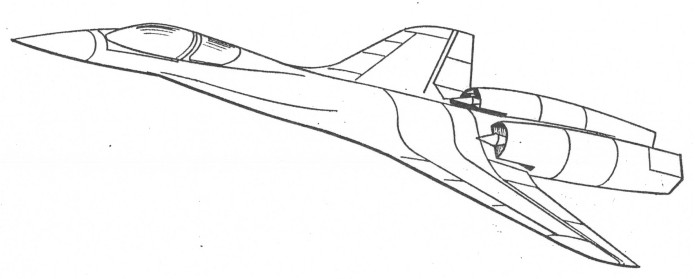A piece of Boeing artwork depicting several early jetliner concepts. The B-47 design heritage is obvious. This piece was on ebay a while back, and while it wasn’t one that I won, I snagged a decently-high rez scan from the listing and have made it available to all $4 and up APR Patrons and Monthly Historical Document Subscribers. it has been uplosded into the June 2020 folder at Dropbox for those subscribers.
If this sort of thing is of interest, sign up either for the APR Patreon or the APR Monthly Historical Documents Program.

